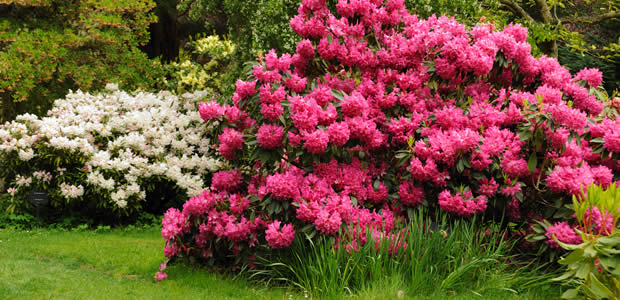Hello and welcome

With the clocks going forward and the evenings drawing out, it’s safe to say that spring has finally arrived.
Certainly, if you’ve recently visited us in-store then you would have seen that our outdoor plant departments have been swelling with new season perennials, shrubs and starter vegetables.
But before we go on, let me introduce myself. My name is Alasdair and I’m the new Plant Advisor at our Ferndown store. I’ve been settling into my role by giving talks to local schools and giving expert advice to our Ferndown customers. I will also be providing you with interesting articles on all things horticultural and answering your questions online.
For now though, spring has inspired me to convert my personal plot into an edible-ornamental garden. This type of garden is still an outdoor living space, with all its design aesthetics but uses plants that have an edible or useful aspect to them.
For example, hedges are transformed into food hedges, or ‘fedges’, using plants like eleagnus (silverberry or oleaster), chaenomeles (Japanese quince), sambucus (elder berry), cornus mas (cornelian cherry) or lyceum (goji berry), all of which have edible fruit.
I will also be borrowing some of the growing techniques from permaculture, such as companion planting and ‘stacking’, which means growing groups of plants with differing heights together to maximise the vertical space on my small plot.
As part of my garden conversion, I’m looking to grow unusual varieties of fruits. My first introduction has been a red-fleshed apple called Redlove Odysso. I bought this tree last autumn, when Haskins started to stock it and was immediately taken by its promise of sweet, juicy, dark-red flesh with a hint of cherry in its flavour.
The Redlove apple has also earned the name of ‘the do nothing tree’. It doesn’t require pruning, is self-fertile, resistant to scab and a heavy cropper! What more could a plant do to earn its place in a garden?
I’ll be giving updates on how this tree performs and letting you know what other unusual plants make it into my garden – I’ve already got my eye on several types of Asian pear.
I’ll also talk about modern gardening in greater depth with a bias towards an organic approach. In the meantime, if you have any other suggestions for unusual edible plants then I’d love to hear from you in the comments section below.
